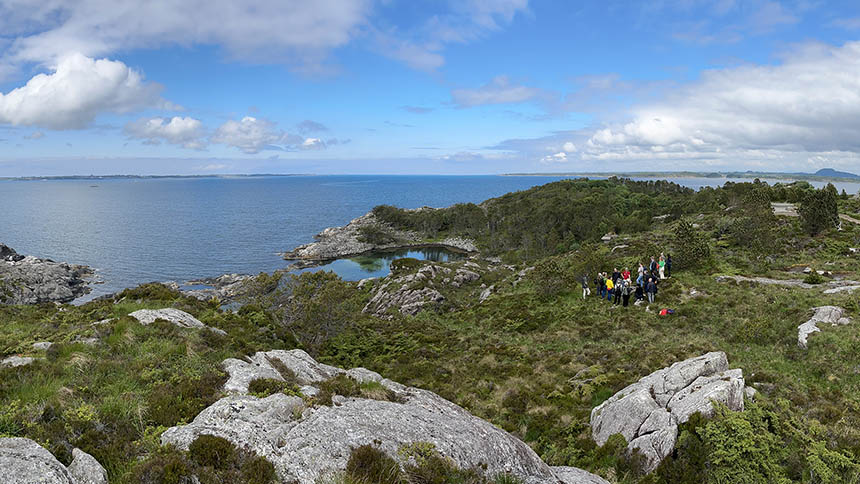CGG has Joined Phase 3 of HNET Seismic Monitoring Network for Horda Platform Northern Lights CO2 Storage Project
Paris, France | Oct 24, 2023
CGG has joined Phase 3 of the HNET Horda Platform Region Project led by industry partners to monitor background seismicity at the Northern Lights CO2 storage project, the world’s first large-scale open-source infrastructure for receiving and storing CO2 from multiple sources and industries. As a project partner, CGG has made available the 3D velocity model from its 44 000 sq km high-end Northern Viking Graben multi-client seismic data set and is working closely with other partners utilizing this model to improve the accuracy of seismic events detected as part of a future monitoring system.
Phases 1 and 2 of HNET investigated onshore and offshore seismic monitoring instrumentation solutions, by implementing a new onshore array (HNAR) on the Holsnøy island north of Bergen and assessing the integration of offshore nodes which form part of existing permanent reservoir monitoring (PRM) sensor arrays in the area. Phase 3, lasting three years, aims to understand natural seismicity in the planned CO2 injection site. With a background seismicity data set the operator will be able to assess the nature of tectonic seismic activity prior to CO2 injection underground and more accurately assess any induced seismicity during the injection period. For this, the HNAR onshore monitoring array and a selection of offshore PRM nodes will continue to be used to refine and improve detection accuracy.
Yunfeng Li, SVP, Eastern Hemisphere, Geoscience, CGG, said: “Real-time and cost-effective long-term monitoring of seismicity is a key method for assessing the viability and safety of underground CO2 storage sites. CGG is proud to play an active role in new technology developments that will inform and de-risk high-profile industry initiatives like Northern Lights that support the transition to a low-carbon future.”
More information about the HNET Horda Project is available here.

Holnsøy seascape in June 2023: HNET consortium members gather around a geophone station which is part of the HNAR onshore array monitoring the subsurface microseismic activity in the future CO2 storage area (image courtesy of CGG).
About CGG
CGG (www.cgg.com) is a global technology and HPC leader that provides data, products, services and solutions in Earth science, data science, sensing and monitoring. Our unique portfolio supports our clients in efficiently and responsibly solving complex digital, energy transition, natural resource, environmental, and infrastructure challenges for a more sustainable future. CGG employs around 3,400 people worldwide and is listed on the Euronext Paris SA (ISIN: 0013181864).





